Cephalosporins
Structure
Cephalosporins have a beta-lactam ring similar to penicillin, but they have a six-membered dihydrothiazine ring instead of the five-membered thiazolidine ring found in penicillin.Generations
Cephalosporins are classified into five generations based on their spectrum of activity and resistance to beta-lactamases.- First-generation cephalosporins: Effective against Gram-positive bacteria
- Second-generation cephalosporins: Broader spectrum, including some Gram-negative bacteria
- Third-generation cephalosporins: Effective against both Gram-positive and Gram-negative bacteria, including Pseudomonas
- Fourth-generation cephalosporins: Broader spectrum with increased resistance to beta-lactamases
- Fifth-generation cephalosporins: Broad spectrum with activity against multidrug-resistant Gram-positive and Gram-negative bacteria
Uses
Cephalosporins are used to treat a wide range of bacterial infections, including respiratory tract infections, skin and soft tissue infections, urinary tract infections, and meningitis.Adverse Effects
Common adverse effects of cephalosporins include gastrointestinal disturbances, allergic reactions, and potential for superinfections. Cross-reactivity with penicillin allergy may occur.Examples
Some examples of cephalosporins include:- Cephalexin (first-generation)
- Cefuroxime (second-generation)
- Ceftriaxone (third-generation)
- Cefepime (fourth-generation)
- Ceftaroline (fifth-generation)
Mechanism of Action
Cephalosporins inhibit bacterial cell wall synthesis by binding to penicillin-binding proteins, leading to cell lysis and death.Resistance
.◂Biology Worksheets and Study Guides High School. Invertebrates
Worksheet/Answer key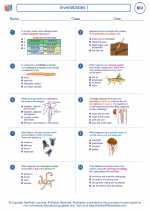 Invertebrates I
Invertebrates I  Worksheet/Answer key
Worksheet/Answer key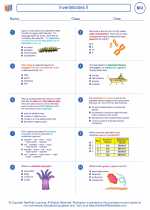 Invertebrates II
Invertebrates II  Worksheet/Answer key
Worksheet/Answer key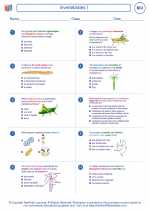 Invertebrates I
Invertebrates I  Worksheet/Answer key
Worksheet/Answer key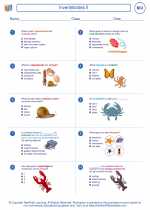 Invertebrates II
Invertebrates II  Worksheet/Answer key
Worksheet/Answer key Invertebrates I
Invertebrates I  Worksheet/Answer key
Worksheet/Answer key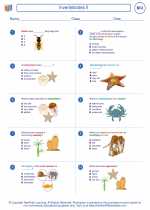 Invertebrates II
Invertebrates II  Vocabulary/Answer key
Vocabulary/Answer key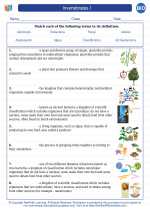 Invertebrates I
Invertebrates I  Vocabulary/Answer key
Vocabulary/Answer key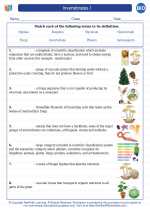 Invertebrates I
Invertebrates I  Vocabulary/Answer key
Vocabulary/Answer key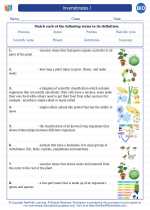 Invertebrates I
Invertebrates I 

 Worksheet/Answer key
Worksheet/Answer key
 Worksheet/Answer key
Worksheet/Answer key
 Worksheet/Answer key
Worksheet/Answer key
 Worksheet/Answer key
Worksheet/Answer key
 Worksheet/Answer key
Worksheet/Answer key
 Vocabulary/Answer key
Vocabulary/Answer key
 Vocabulary/Answer key
Vocabulary/Answer key
 Vocabulary/Answer key
Vocabulary/Answer key

The resources above cover the following skills:
Concepts of Life Science (SC1, SC2, SC3)
The student demonstrates an understanding of the structure, function, behavior, development, life cycles, and diversity of living organisms by describing the structure-function relationship